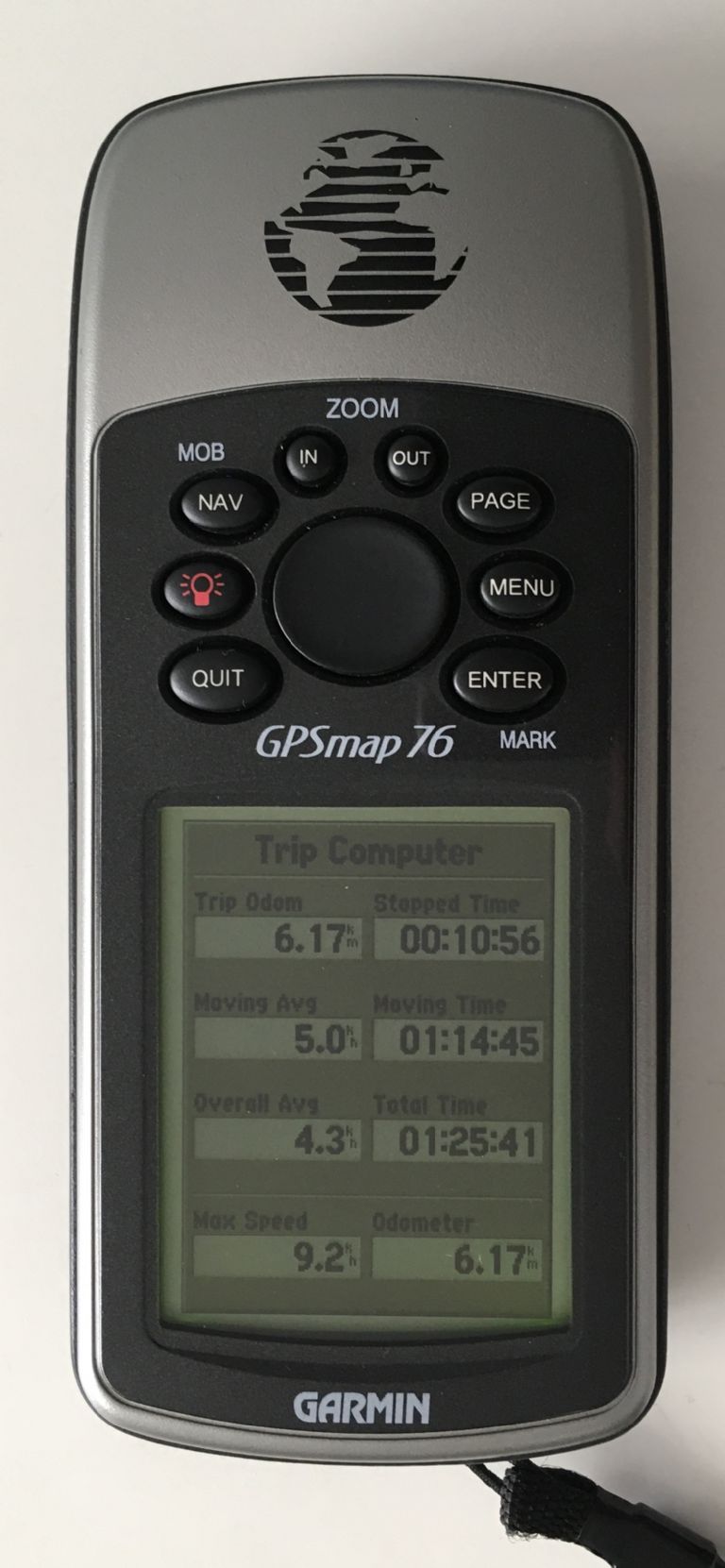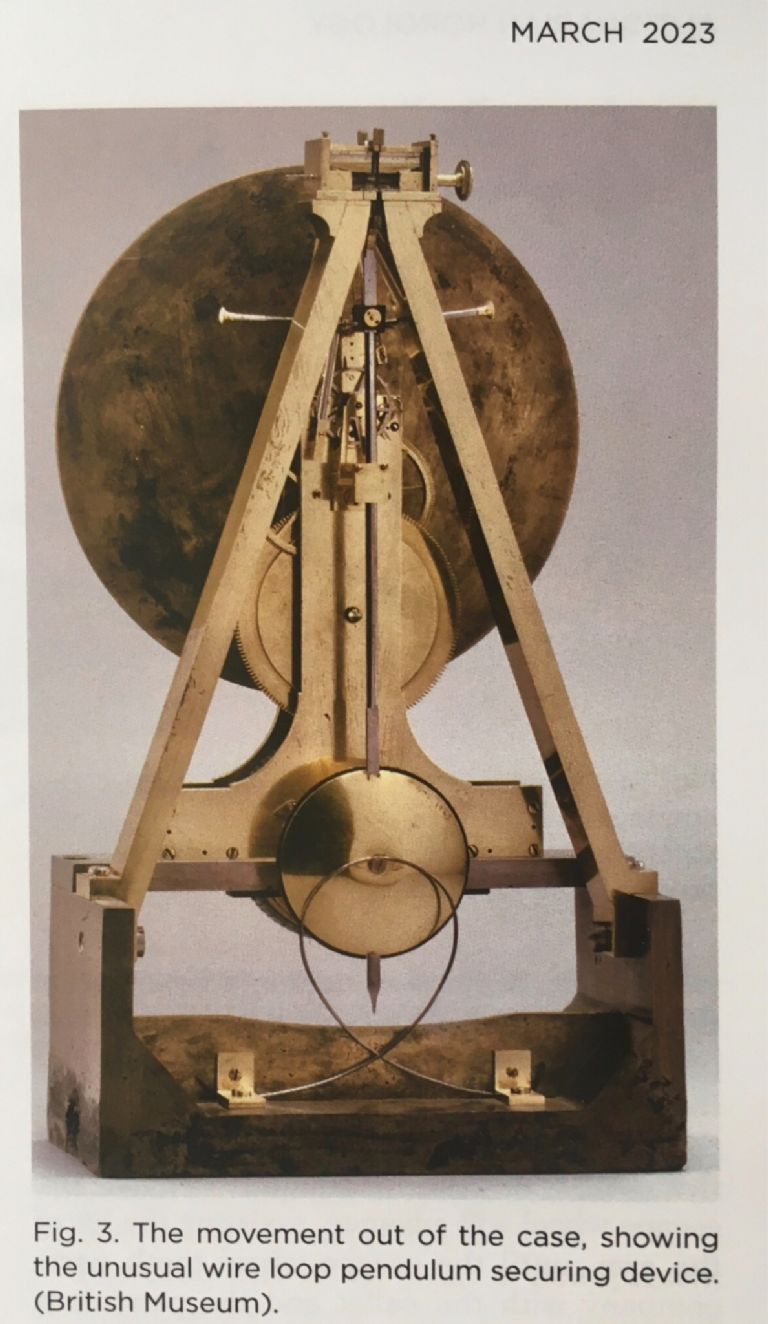Posted by Michael Gilligan on 20/03/2023 12:47:45:
Humour me for a few moments, folks … this could just possibly be relevant to some of Dave’s mysterious ‘jumps’
…
.
All the numbers look credible … except for Max Speed
I would hypothesise that at some point on the walk there was a momentary change in GPS accuracy, or even a brief loss of signal [no, I did not hear any warning beeps] … this would introduce a step change in my apparent location.
Not sure how [if at all] this might relate to Dave’s module, static on his window-sill … any thoughts ?
MichaelG.
Yes, it's a good hypothesis, but it doesn't explain this particular bug. I'm certain the GPS is innocent because it wasn't turned on! Stepping occurred when the clock was keeping its own time whilst being checked against NTP, not GPS.
The log revealed the actual error, which was false bob detection, probably due to my too-simple IR beam sensor. Once in a blue moon the sensor reports the same swing twice. In the rebuild the beam will be tightened with tubes, and if that doesn't work, I'll replace the Arduino module with a much more suitable Sharp sensor.
(The Arduino module is a collision detect device. It sprays IR out at 38° and a simple receiver shapes pulses with a comparator. It's crude compared with the Sharp device preferred by John Haine and others, which sends a tight beam and has a Schmitt trigger.)
GPS receivers depend on a good clear view of the sky and are upset by reflections and shadows caused by buildings and other ground-level clutter. Portable units have small antenna that don't help. Satellites going in and out of view for any reason can cause stationary receivers to believe they've suddenly changed position, which can show up as a weird max speed. Poor reception can effect second time pulses as well, not that they become inaccurate, but the unit won't emit them unless it's getting good signals from several satellites.
The Ublox GPS recommended by Joe Noci performs better than the Adafruit Ultimate GPS I started with. It picks up Russian and European satellites as well as GPS, and is more likely to always have enough satellites in view. The Ublox still doesn't work properly inside my house – the antenna has to be in a window, more sky the better.
So GPS is always a suspect, just not guilty this time.
Slow progress at this end: got a sort of cold that made me more woolly headed than normal over the weekend. Well enough today to go out and buy the 4" drainpipe needed, but no coconut. The store were only taking cash because their internet was down and my wallet was empty. Rarely spend cash these days, its becoming a bygone…
Dave
John Haine.






